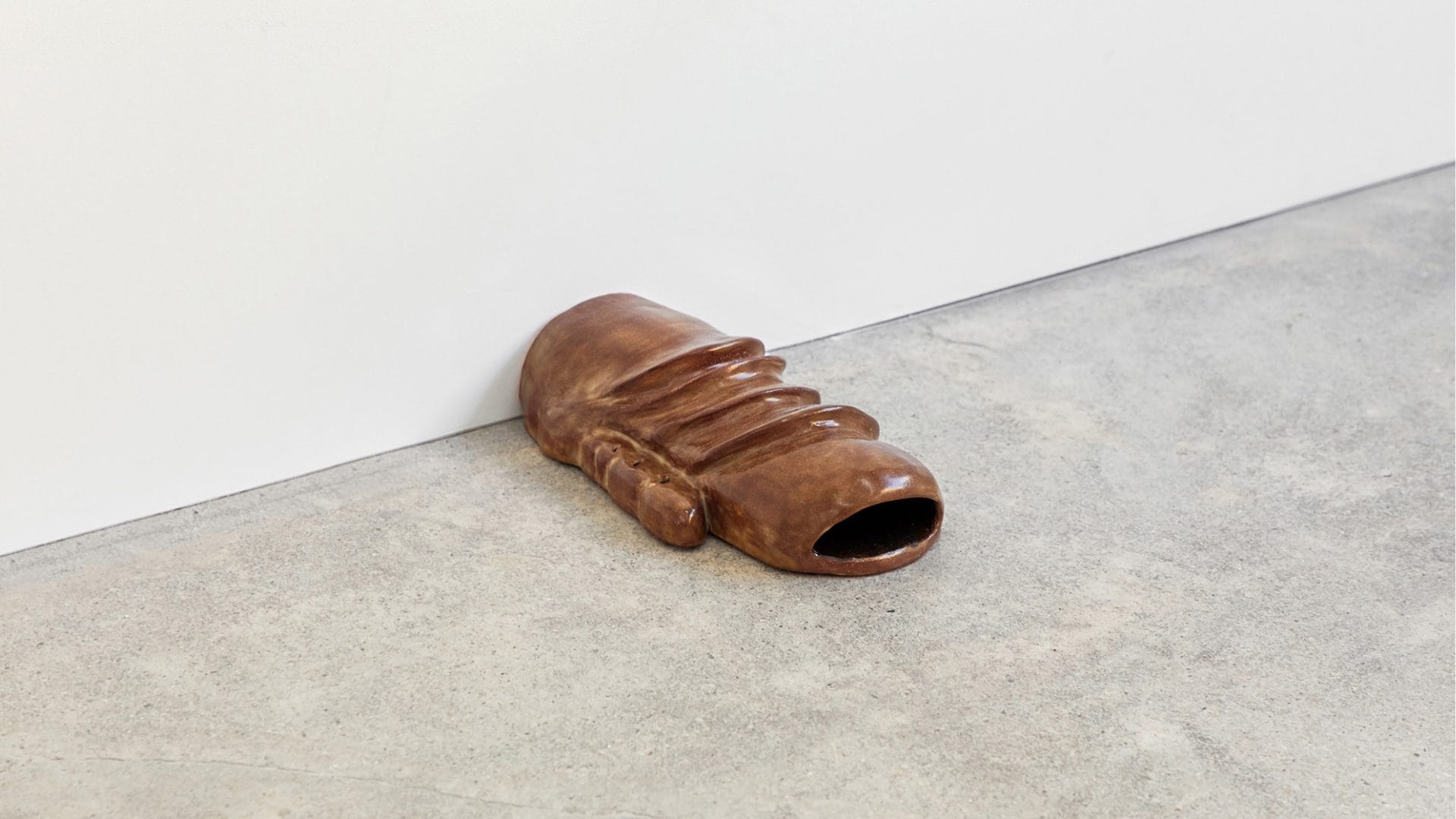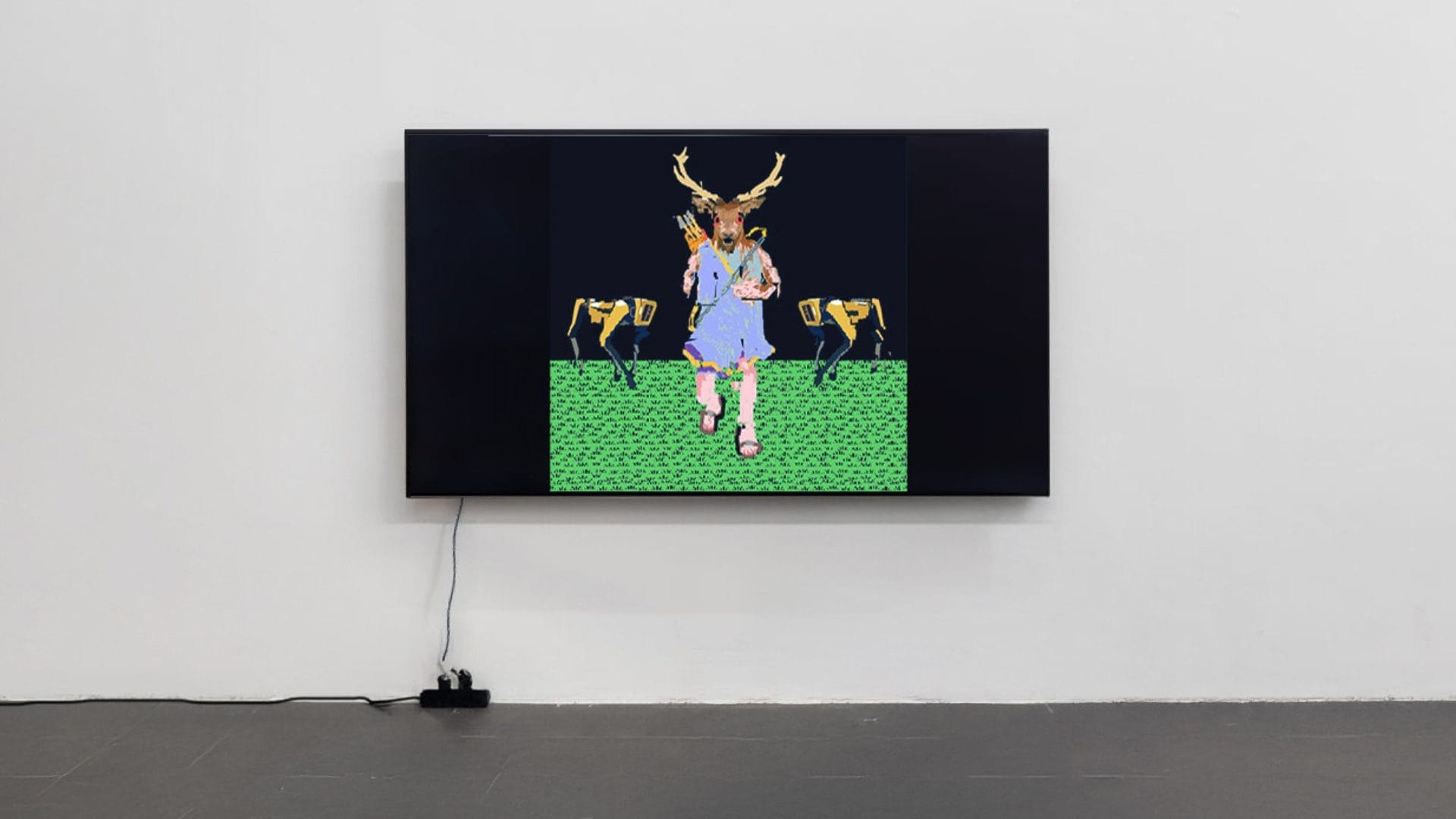
Chanbyul Park, Light Existence Shadow: Records of Being at the Intersection of Dimension and Time, at Caption Seoul
Light Existence Shadow: Records of Being at the Intersection of Dimension and Time” by Chanbyul Park, curated by Hyein Kim, at Caption Seoul, Seoul, 07/06/2024 – 27/06/2024.
Exhibition Preface for “Light Existence Shadow:
Records of Being at the Intersection of Dimension and Time” Kim Jinju Translation Ahrim Kwon An object stands between light and shadow. When an object is illuminated, it casts a shadow, and where there is a shadow, there is an object receiving light. In other words, there must be something between light and shadow.
Let’s call that something “existence.” The existence of anything necessarily involves the elements of light and shadow. Light and shadow are meaningless without the existence of something, and the existence of something cannot be established without light and shadow. When light reaches and shadows fall, something inevitably exists. Thus, an object declares its “being” by relying on the manifestations of light and shadow.
The light approaching from a distance, the existence positioned in between, and the shadow trailing behind – these three form an interdependent bundle, proving each other’s presence. Chanbyul Park’s solo exhibition, “Light Existence Shadow: Records of Being at the Intersection of Dimension and Time,” explores the ways of proving existence through various methods of recording. Using multiple media such as painting, ceramics, video, essays, and graphic novels, the works encapsulate stories Park has experienced over the past few years in Korea and the Netherlands. Rather than addressing specific situations or abstract imaginings, these works are more akin to observations and reflections on overall attitudes towards life, such as conflicts in relationships with people, prolonged experiences of insomnia, and doubts about one’s existence. In this exhibition, she particularly articulates the process of repeatedly asserting the fact of existence in the world and understanding the ways it manifests through natural objects like flowers and trees, as well as everyday items like vases, cups, and bicycles. Chanbyul Park shifts shadows. Her works use three sources of light – a light bulb, the sun, and a candle – to cast shadows.
Throughout the exhibition space, paintings in dark shades and ceramics altered from their original shapes are displayed. These two types of works record the shadows of natural and everyday objects. The paintings are further divided into those depicting shadows cast by artificial light sources with watercolor, and those depicting shadows cast by natural light sources with ink. In the paintings utilizing artificial light, she placed stationary light bulbs in front of living natural objects like tulips or peonies, repeatedly transferring their shadows onto paper as the flowers withered. For the ink paintings of bicycles, trees, and other objects, she spread a large cloth outdoors and directly depicted the shadows cast by the surrounding objects under sunlight. The shapes of these drawings follow the continuously changing forms of the shadows over time, driven by the sun’s movement. The ceramic works are created by placing multiple light bulbs or long candles in front of ordinary objects like teapots and cups, drawing the resulting shadows in shades then shaping them into three-dimensional forms. These ceramics capture the shadows’ responses to multiple light sources and their changing forms as the candles burn down over time.
Each light source adds its unique context to the shadows. Electric bulbs, the sun, and candles share the characteristic of emitting light while casting shadows on objects. However, in her work, these light sources play different roles. Particularly, the light bulb and the sun represent opposing extremes of artificial and natural, distinguishing the types of objects placed before them and the relationships formed between the objects and the light sources. The light bulb, as a human invention, belongs to the realm of the artificial, whereas the sun, which existed long before humanity, is part of the natural world. Unlike the sun, which creates consistent shadows and generates night through planetary rotation, the light from a bulb, which can be turned on and off by human hands, can eliminate night at any time or arbitrarily adjust the shape of shadows. Natural objects placed before the light bulb and everyday objects under the sun evoke thoughts about the contrast between the artificial and the natural, as well as the fusion of natural elements. Additionally, the candle, as a material that continuously changes form as it burns, embodies the passage of time as a light source. Therefore, the three light sources chosen to cast shadows each create meaning either by remaining fixed against the characteristics of nature or by forming an organic relationship with everything in nature. Objects illuminated by light cast shadows. Chanbyul Park extracts shadows from multiple axes of time. Objects illuminated by the midday sun have short shadows, while the afternoon sun casts slightly longer shadows.
Flowers, though receiving constant light from a fixed bulb, will eventually wither. By exploring the nature of light that casts shadows and the properties of shadows that move accordingly, she draws out the concept of “being.” In the materials used in her drawings, “shadow” is listed alongside watercolor, ink, and paper as a medium. By using shadows as a medium to connect different elements, her works find significance in the very act of solidifying existence.









fakewhale
Founded in 2021, Fakewhale advocates the digital art market's evolution. Viewing NFT technology as a container for art, and leveraging the expansive scope of digital culture, Fakewhale strives to shape a new ecosystem in which art and technology become the starting point, rather than the final destination.
You may also like
Fakewhale in Conversation with Luna Woelle: Bridging Art and Technology
We’re excited to chat with Luna Woelle, a Slovenian 3DCG artist and DJ currently based in Tokyo. A
21 – Salvation
Washington D.C., Tilted Kilt Pub & Eatery, United States Dasher opened the computer kill switch
Fakewhale Solo Series presents The Consequences by RJ
On April 3rd, 2025, at 4 pm CEST / 10 am ET Fakewhale Solo Series presents The Consequences by RJ on




